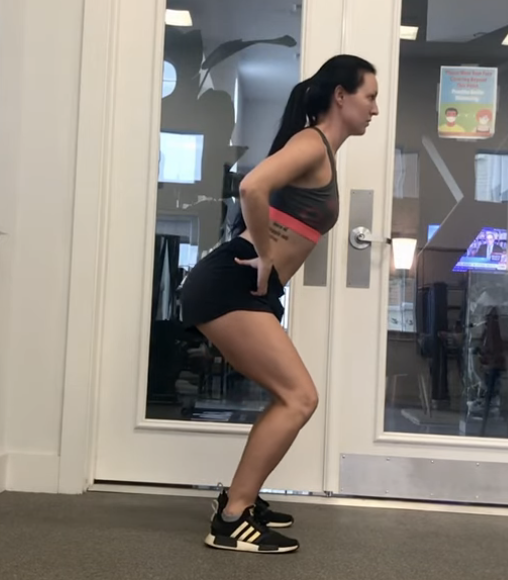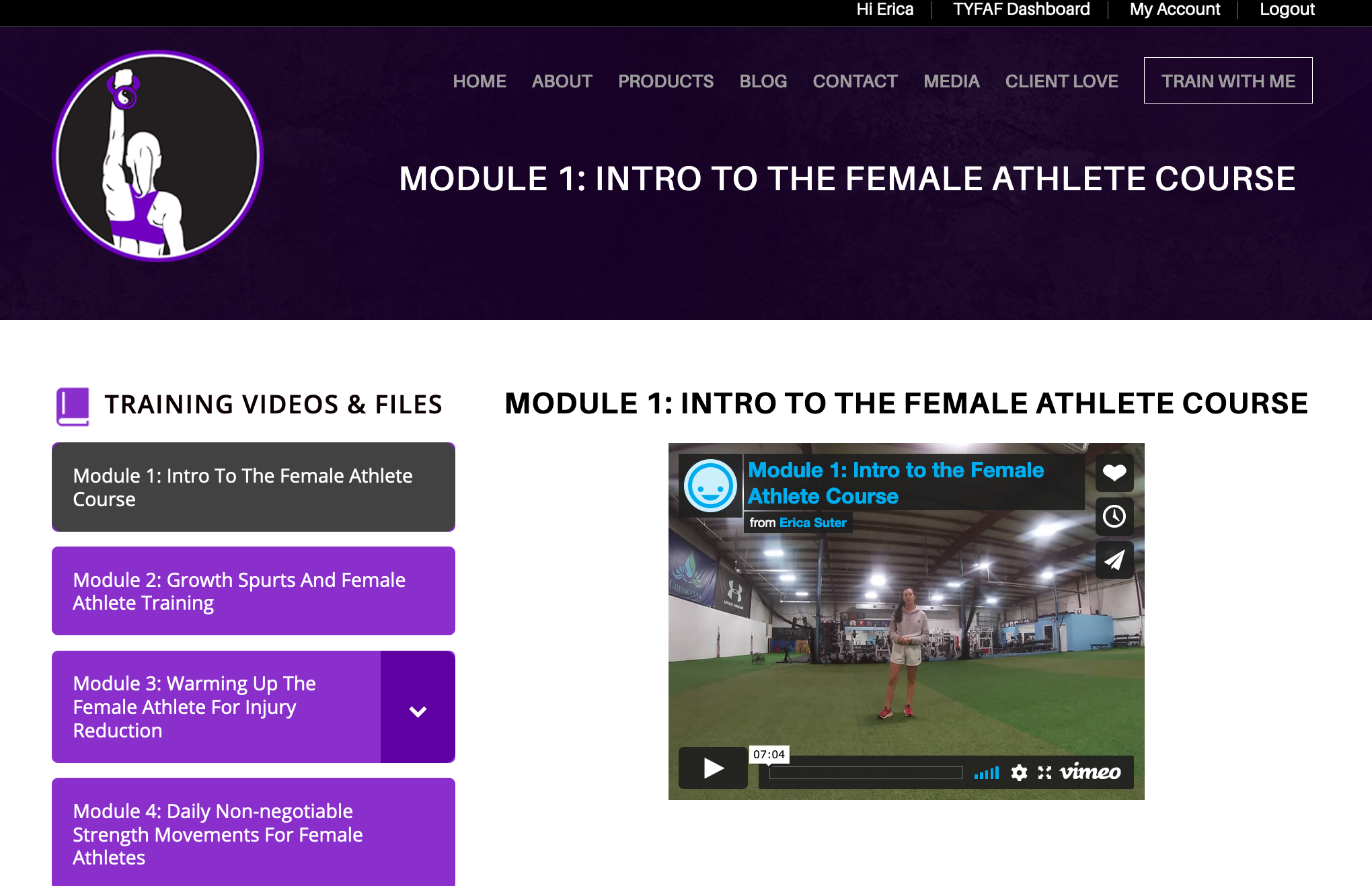
17 Apr Exercises Female Athletes Should Do for ACL Injury Prevention: Athletic Stance Ankle Mobility
Knees over toes isn’t a bad thing.
I know, I know. This goes against everything you’ve been taught about knee health.
Before I dive in, I highly recommend you check out The Knees Over Toes Guy. You’re welcome.
Several studies suggest that lack of ankle mobility is a risk factor for ACL injuries. According to Knee Surgery, Sports Traumatology, Arthroscopya decreased ROM in ankle dorsiflexion, hip internal rotation and increased hip anteversion appeared to be statistically significant predictors for developing non-contact ACL ligament injuries (Amraee et al. 2017). Another study done in the Journal of Athletic Training, suggests just like the strength of the quadriceps and hamstrings, the ankle range of motion plays a major role in a myriad of functional tasks like step downs, jumping and sport specific movements (Dill et al. 2014).
While there is conflicting research on what movements improve ankle mobility, it is important to continue to push past new ranges to truly improve. The greater the stimulus, the better the results. This is why I love the Knees Over Toes Guy: because he takes the range of motion of the ankle joint to the next level. The key, however, is to keep the heel down when performing these movements. Here is one movement that hones in on the foundational movement of deceleration, cutting and change of direction (Athletic Stance), while also incorporating a new ankle mobility stimulus:
For more up-to-date research as well as practical setting application of youth female athlete performance, get the Total Youth Female Athlete Fitness video course to learn how to teach female athletes strength technique, speed, and change of direction mechanics for injury reduction and performance, as well as learn about growth and maturation considerations, menstrual cycle, nutrition, and so much more HERE

To work with me in person in Tampa, Florida for private and small group and team soccer speed, strength and agility training CONTACT ME HERE.
REFERENCES
Amraee, D., Alizadeh, M.H., Minoonejhad, H. et al. Predictor factors for lower extremity malalignment and non-contact anterior cruciate ligament injuries in male athletes. Knee Surg Sports Traumatol Arthrosc 25, 1625–1631 (2017). https://doi.org/10.1007/s00167-015-3926-8
Dill KE, Begalle RL, Frank BS, Zinder SM, Padua DA. Altered knee and ankle kinematics during squatting in those with limited weight-bearing-lunge ankle-dorsiflexion range of motion. J Athl Train. 2014 Nov-Dec;49(6):723-32. doi: 10.4085/1062-6050-49.3.29. PMID: 25144599; PMCID: PMC4264643.


No Comments